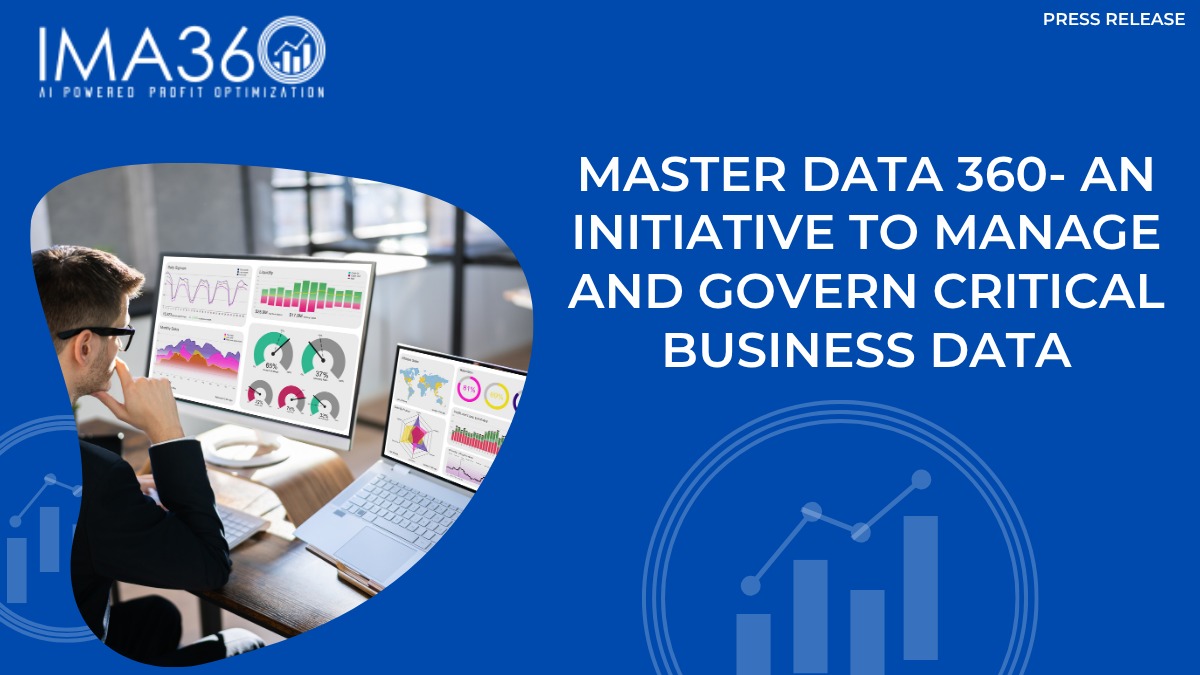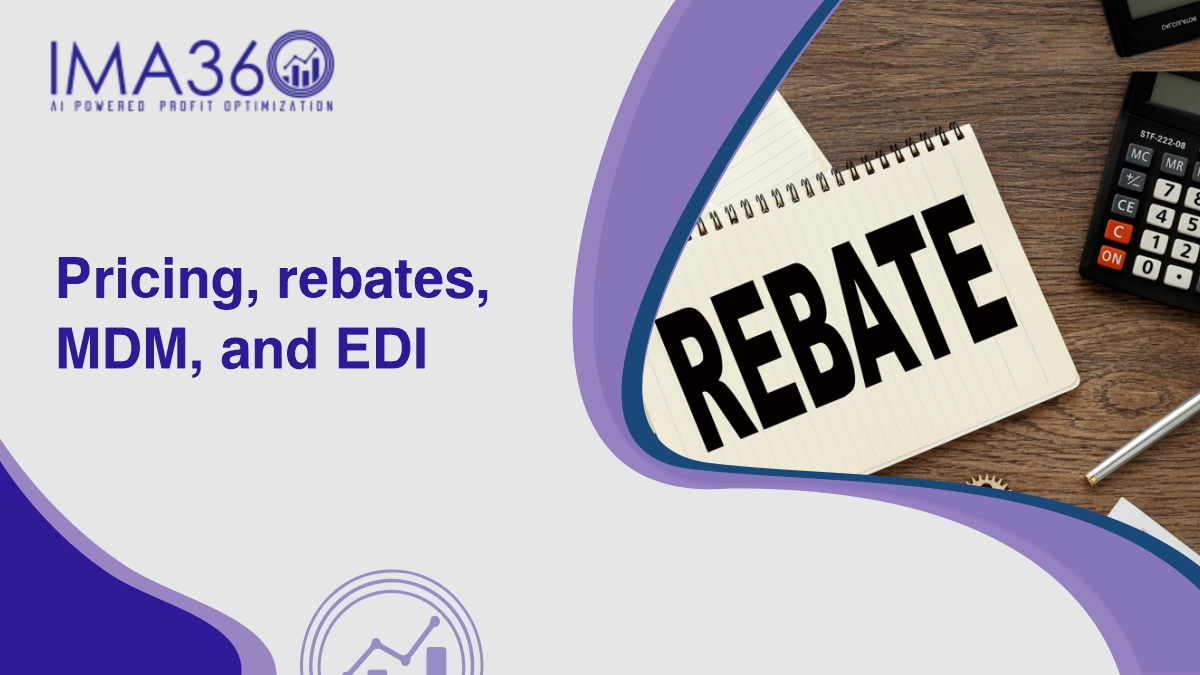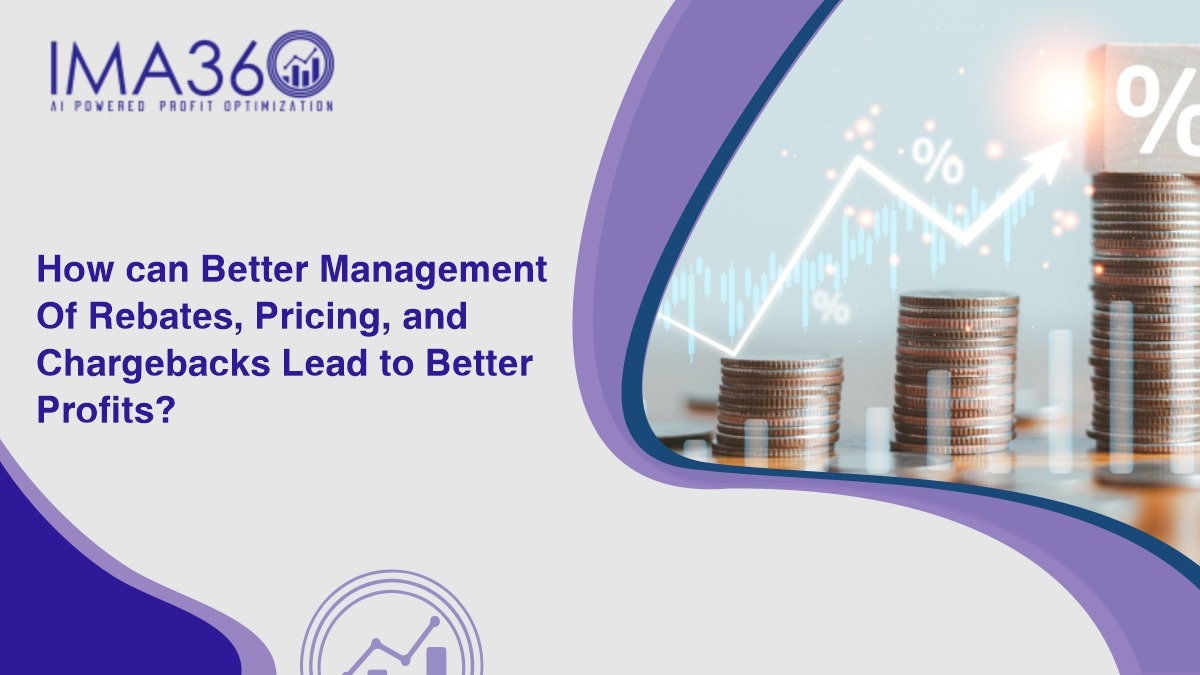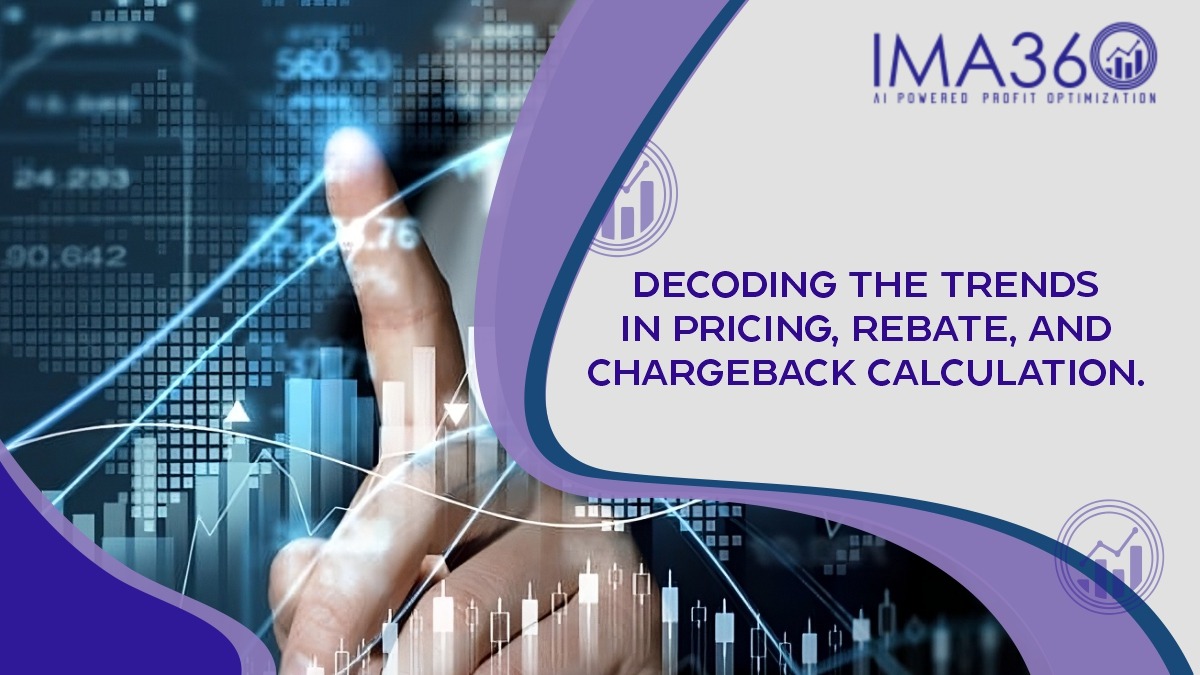Pricing is the most dynamic variable and impacts everyone’s lives. Most importantly, it has the maximum impact on a business’s fate. Thus it becomes essential to understand what affects pricing, why and how to get it right, and where an optimal pricing strategy can take a business.
The price of a product depends on production costs, supply and demand, competition, brand recognition, and seasonal/economic factors.
The factors that affect the price of a product can be clubbed into Internal and external factors.
Internal Factors are the factors that are related to the organization. They are-
- Cost of Production: The cost of raw materials, labor, manufacturing, and other expenses directly impacts the price. This is why organizations strive to produce the best possible quality products at low costs.
- Pricing Strategy: Businesses choose their competitive pricing strategy based on their revenue goals and the current state of their business. Some commonly leveraged pricing strategies are Cost-Plus, Value-Based, and Competitive pricing strategies.
- Brand Recognition and Prestige: Strong brands can command higher prices due to the perception of value and quality. The other brands in the industry follow the pricing patterns set by the market leader. So, it becomes imperative to get the pricing right.
- Product Life Cycle: The stage of a product’s life cycle can influence pricing strategies. An optimal pricing strategy revolves around getting the pricing right at all stages. A product is economically priced at the introduction stage to create a brand name and penetrate a market. The growth, and maturity stages drive a product’s demand better and hence the product is priced above average to facilitate better margins and revenue for an organization.
- Product Differentiation: Unique features or benefits of a product can justify a higher price. This is why organizations strive to innovate and add benefits that their competitors might not.
- Distribution Channels: The costs associated with reaching customers through different channels like online or retail can affect pricing.
External Factors are the factors that are related to market conditions. They are:
- Supply and Demand: When demand is high and supply is limited, prices tend to rise, and vice versa.
- Competition: The pricing strategy adopted by competitors impacts a business in a big way. More competition is good for consumers as they get more options to choose from raising supply and reducing prices.
- Market Elasticity: If demand is highly elastic and if consumers are price-sensitive, businesses may need to price competitively.
- Economic Conditions: Factors like inflation, recession, and consumer confidence can impact consumer spending and thus affect prices.
- Seasonal Factors: Some products have higher demand during specific seasons, allowing for higher prices during those times.
- Government Regulations: Taxes, tariffs, and other regulations can impact prices.
- Consumer Expectations: Consumer perceptions of value and willingness to pay play a role in determining price.
- Marketing Mix: The other elements of the marketing mix (product, place, promotion) can influence the perceived value and thus the price.
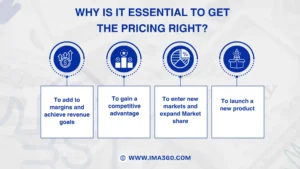
Why is it essential to get the pricing right?
An optimal pricing strategy drives the ultimate success of an organization. There are numerous ways in which an optimal pricing strategy can help. They are-
- To add to margins and achieve revenue goals: The pricing has to be optimal for adding sufficient margins to the business. It isn’t easy to sell more units if the price of a single unit is high. On the contrary, if the price is too low, then adding to margins becomes very difficult as one will need to sell very high volumes to get the desired revenue.
- To gain a competitive advantage: A brand in demand can charge their customers a premium fee and the other brands follow them. So, optimal pricing can help beat the competition. An innovative product helps increase the demand for a product and raise its pricing.
- To enter new markets and expand Market share: Pricing is a dynamic variable and it needs to be changed as per the economic conditions of a country and the disposable income of potential customers. More often than not, organizations introduce their products in new markets at economical prices to get better acceptance and make a name for their brand. At a later stage, the prices can be raised to increase market share.
- To launch a new product: Similarly, an organization launches a new product at an economical price to create a good customer base.
AI for price optimization
As discussed earlier in the article, it is imperative to get the pricing right and for doing that one needs to analyze a lot of factors. Price optimization software helps automate the activity. The analysis is a deep, thorough, and continuous process as the factors that affect pricing are dynamic and variable. They keep changing hence making the analysis a herculean task.
AI automates the analysis to provide actionable insights while saving time and effort for the pricing team. It helps calculate and arrive at the best price by assessing the demand for a product in the market, helps understand how much the customers are willing to pay, and studies the price charged by the competition.
AI helps recalculate the price whenever some factors vary, for example- demand can go up & down and other factors can vary like the entry of a new competitor in the industry or a dip in the demand for a product due to a new innovation. A smart and comprehensive AI solution like IMA360 can help optimize pricing, gauge future demand, and optimize rebates, royalties, chargebacks, revenue, and contracts.

Deepak Bhardwaj has 10 years of experience advocating AI for profit and revenue optimization, data security, and analytics.
He has partnered with customers in USA, UK, and the APAC region to help them with suitable AI solutions as per their needs.



